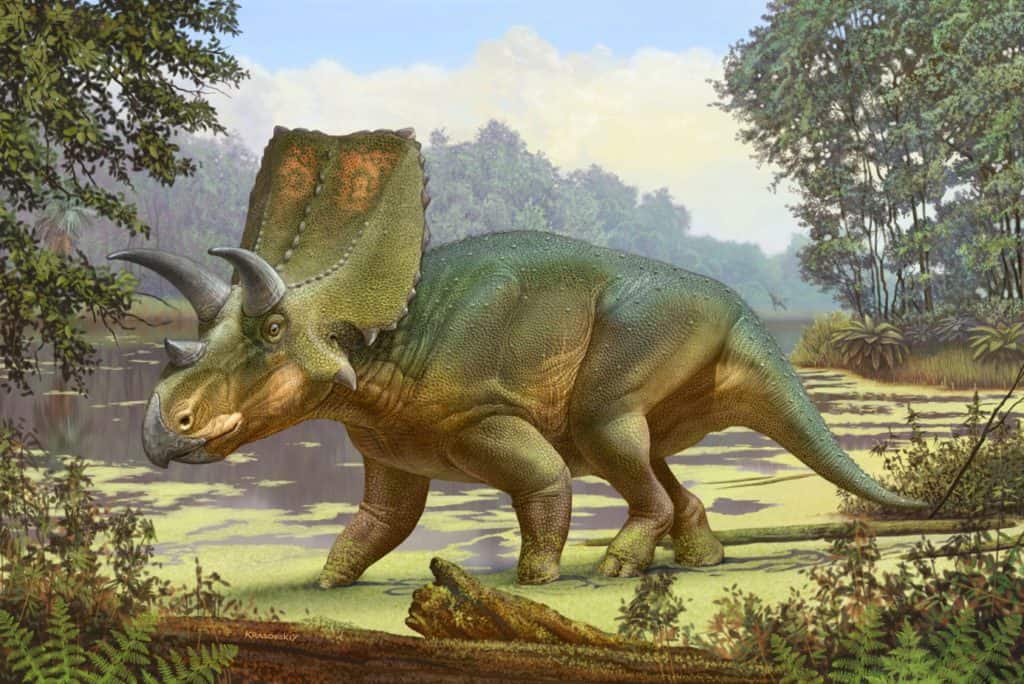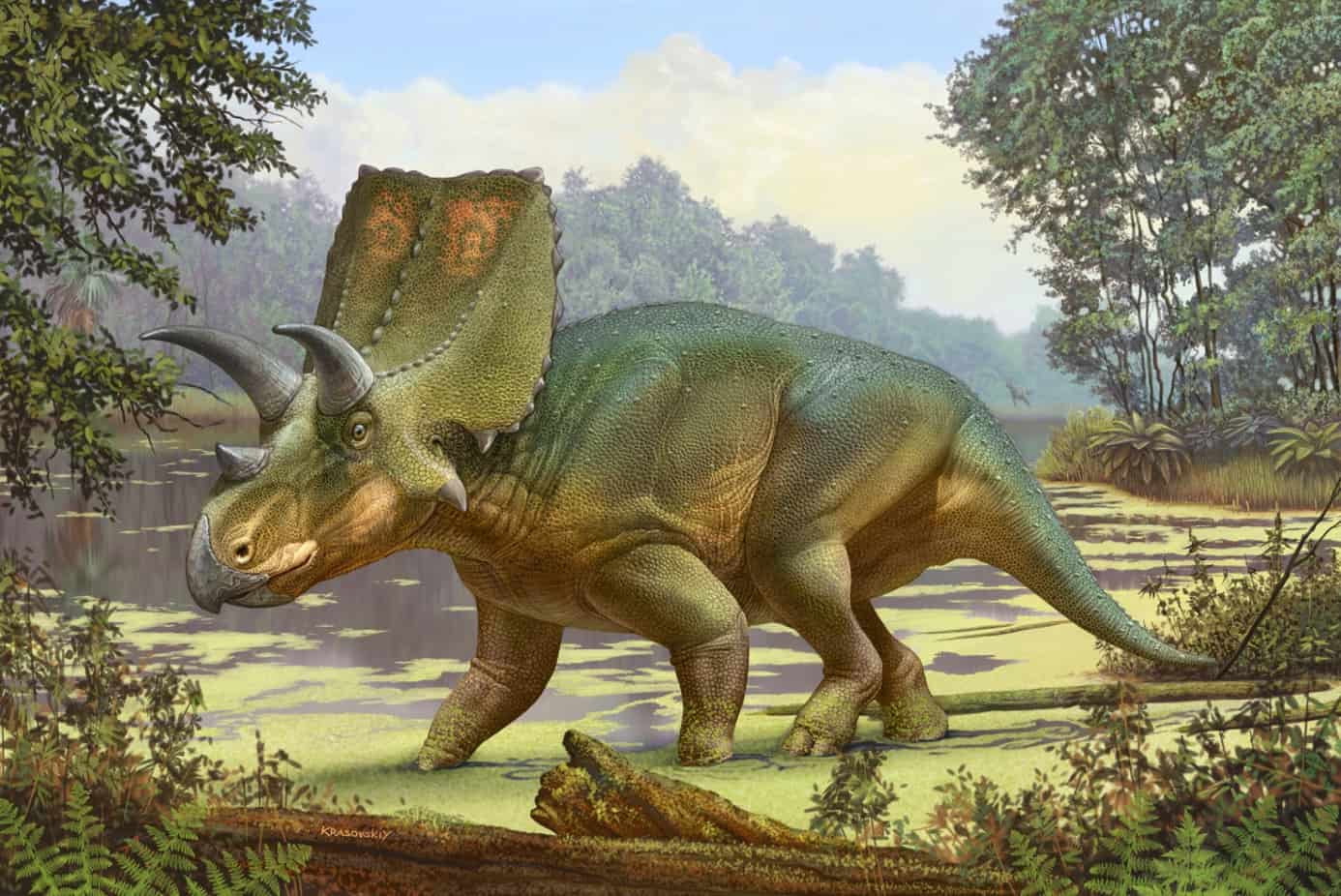A new type of horned dinosaur (ceratopsid) that lived in New Mexico around 72 million years ago has been named by scientists from the New Mexico Museum of Natural History & Science (NMMNHS) and other institutions.
Sierraceratops turneri is the name of the new dinosaur. Sierraceratops is named after Sierra County, New Mexico, where the fossil was discovered, as well as the Ceratopsidae family, of which the species is a member. The species name turneri honors Ted Turner, the creator of CNN, who owns the ranch where the fossil was discovered and allowed NMMNHS paleontologists and volunteers to collect it.

The findings were reported in the scientific journal Cretaceous Research. Sebastian Dalman, a research associate of the NMMNHS, and Spencer G. Lucas (curator) of the NMMNHS published the paper. The research team was completed by Steven Jasinski of Harrisburg University in Pennsylvania and Nicholas Longrich of the University of Bath in England.
The new species’ fossil, which includes numerous bones from a single individual, was discovered in Late Cretaceous Hall Lake Formation rocks near Truth or Consequences, New Mexico, on Ted Turner’s property. The specimen was collected by a Museum field crew. Although the whole dinosaur’s skeleton was not found, a major portion of it was, including sections of the head and lower jaws, forearm, shoulder, pelvis, vertebrae, and ribs. The animal’s bones demonstrate that it is distinct from other dinosaur species.
The bones that makeup Sierraceratops’ frill, known as the squamosal and parietal, as well as its gigantic brow horns, are some of the primary traits that set it apart from other horned dinosaurs. Sierraceratops had a huge head that was around 5 feet in length and a body length of roughly 15 feet. It was a quadrupedal plant-eater, like other ceratopsids.
Sierraceratops is a ceratopsid dinosaur that is related to but predates Triceratops. Horned dinosaurs were enormous herbivores with rhinoceros-like horns that lived in herds or groups. They were important members of North American Late Cretaceous ecosystems. Sierraceratops’ evolutionary ties to other ceratopsid dinosaurs were traced by comparing its traits to those of other ceratopsids.
The find is part of a recent spate of fresh dinosaur finds in North America. Paleontologists have discovered that the same species did not dwell everywhere when they acquire fresh skeletons and reexamine old fossils. Instead, various horned dinosaurs, duckbills, tyrannosaurs, and raptors roamed the continent in different sections. New species have continued to emerge when paleontologists migrated from well-known hunting grounds to less well-known areas.
Sierraceratops is most closely linked to other ceratopsids from Texas and northern Mexico, according to the researchers. As a result, these ceratopsids appear to have solely inhabited southern North America, as opposed to ceratopsid groups that lived further north. This shows that throughout the Late Cretaceous, diverse and endemic groups of ceratopsids may have occupied different portions of western North America.
The ecology in America was significantly different when Sierraceratops lived and perished. Deserts and parched plains dominate the American Southwest today. Climates were mild, trees were lush, and sea levels were 100 meters higher in the Late Cretaceous, 72 million years ago. New Mexico was covered in rivers, marshes, and floodplains, with palm trees and alligators, on the verge of a massive inland sea. This coastal plain, which stretched all the way to Canada, was home to a varied dinosaur fauna.
About the New Mexico Museum of Natural History and Science
The New Mexico Museum of Natural History and Science is a division of the Department of Cultural Affairs, under the leadership of the Board of Trustees of the New Mexico Museum of Natural History & Science. Programs and exhibits are generously supported by the New Mexico Museum of Natural History Foundation, through the generous support of donors. Established in 1986, the mission of the New Mexico Museum of Natural History & Science is to preserve and interpret the distinctive natural and scientific heritage of our state through extraordinary collections, research, exhibits, and programs designed to ignite a passion for lifelong learning. The NMMNHS offers exhibitions, programs, and workshops in Geoscience, including Paleontology and Mineralogy, Bioscience, and Space Science. It is the Southwest’s largest repository for fossils and includes a Planetarium and a large format 3D DynaTheater.




